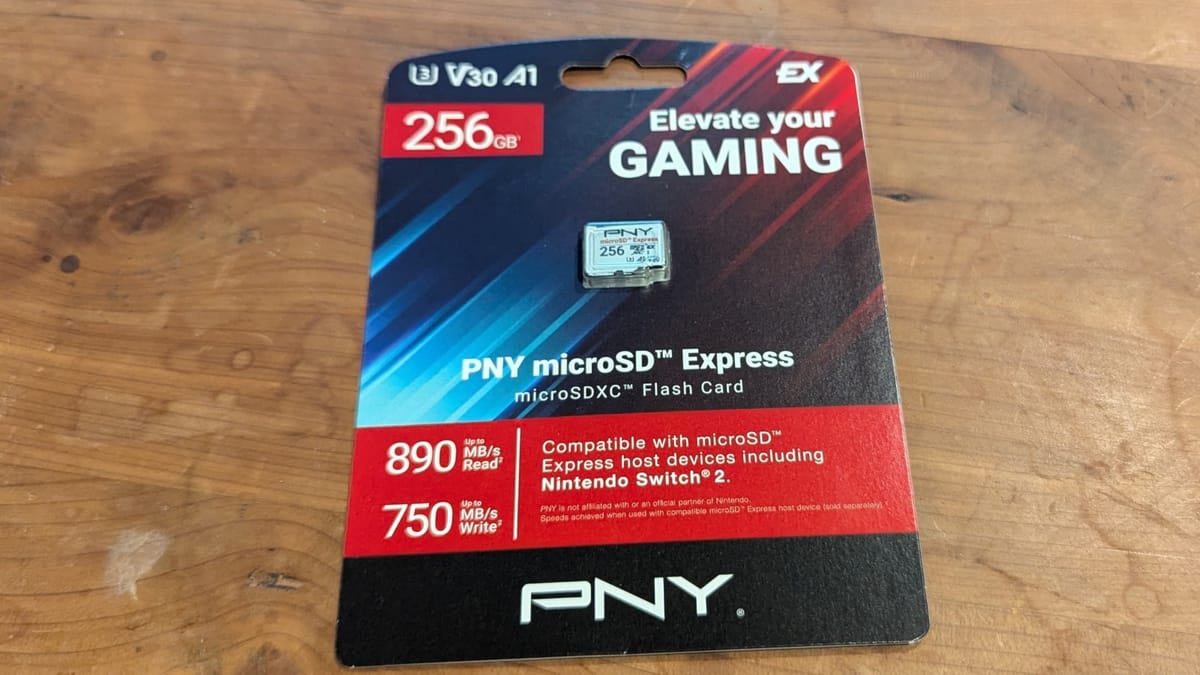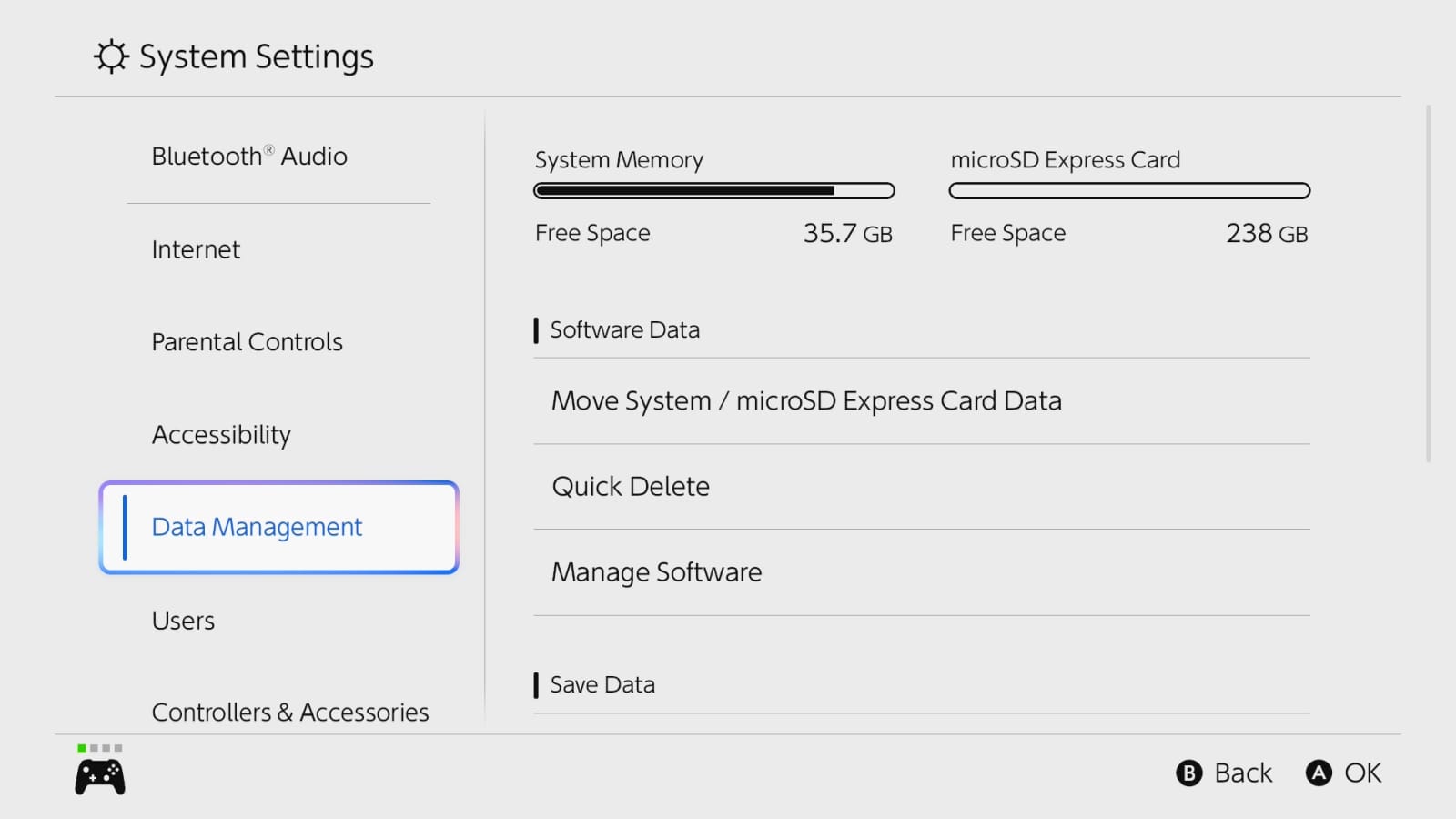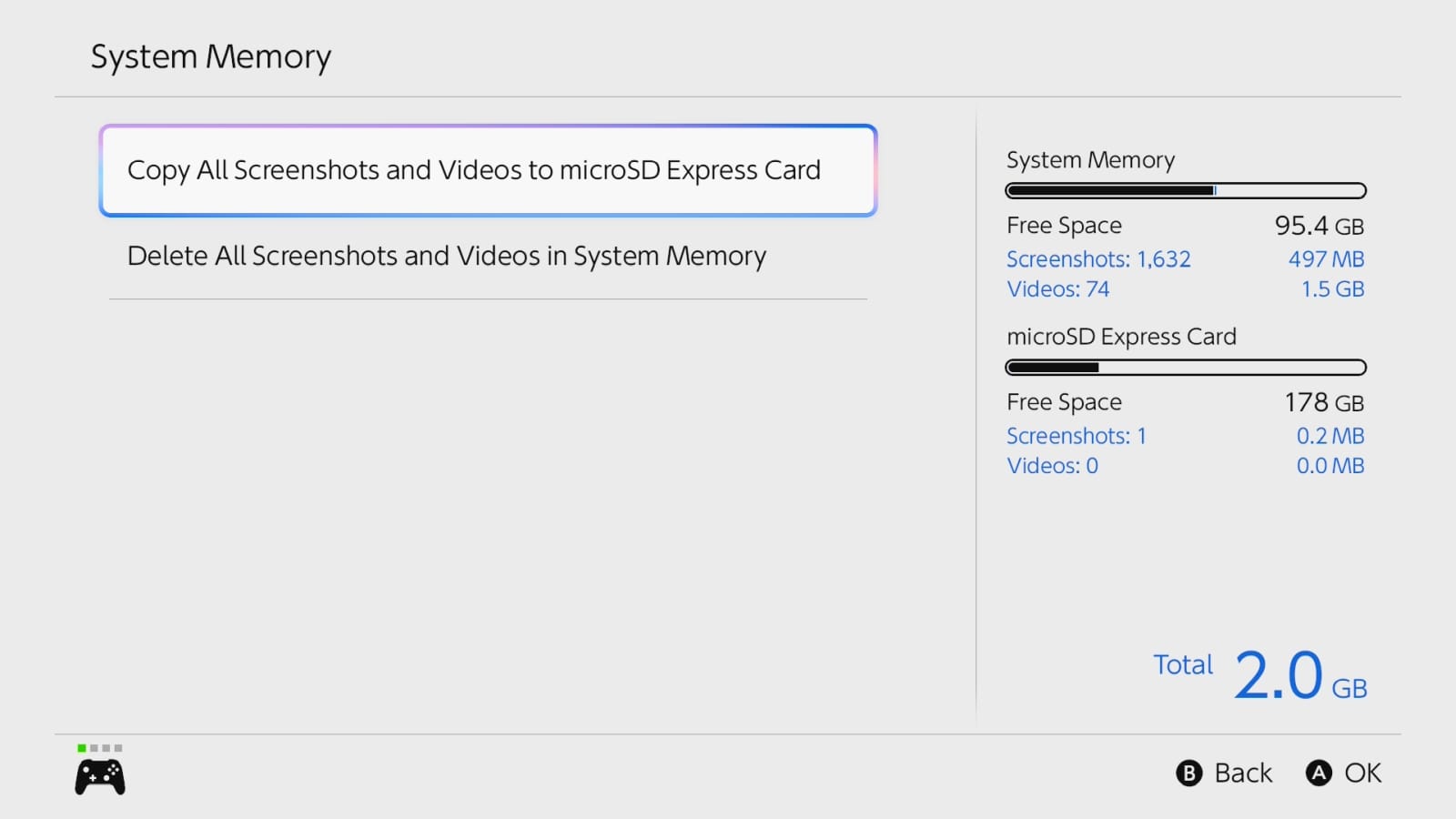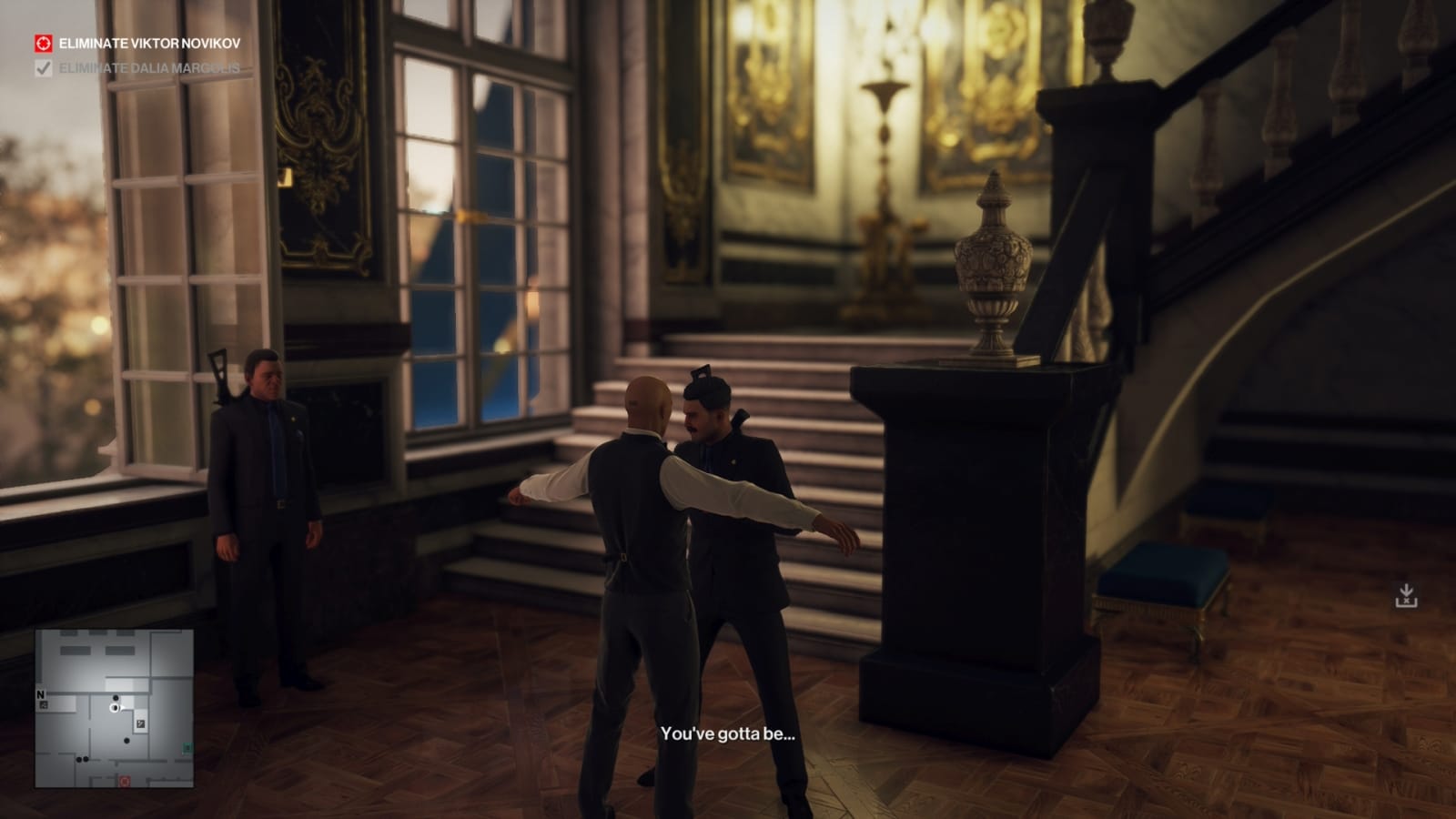
Memory is a constant problem in gaming and computing. Anything you do on any electronic device will generate data, and if you want to keep that data, you’re gonna need to store it on something. Luckily, most devices nowadays come with a decent amount of internal storage – the PS5 comes with one terabyte more or less. Of course, not every device will have that much space built in, like certain laptops and the recently released Nintendo Switch 2.
The Switch 2 in particular feels a bit egregious, with only 256 GB of internal memory. It’s a big step up from the Switch 1, but with games like Split Fiction or HITMAN World of Assassination taking up 69.2GBs and 58.3GBs respectively, you’ll probably want more room quickly. Therein lies the rub, Switch 2 will only accept a new kind of microSD card: microSD Express. These cards can be pretty expensive, even at smaller sizes, with a 1TB card costing around $200. They’ll no doubt get cheaper over time, but a mid-range solution at a console’s launch is sorely needed.

That’s where the PNY microSD Express 256GB comes in. I’ve been putting it through its paces on my Switch 2 over the past few days, and I am fairly impressed with the performance, capacity, and price. The Express label is certainly no joke, it feels about as fast as the system’s internal storage. The card boasts a read speed of up to 890MB/s and 750MB/s writing. I don’t exactly know how to measure that myself, but it certainly feels much faster than playing a game on the Switch 2 off of a Switch 1 cartridge.
Setting up the card on Switch 2 is easy enough. Just insert the card in the slot hidden underneath the kickstand, restart the system, when prompted to format the card, and you’re done. The Switch 2 will automatically decide where to install games, but you can manually move software between the internal storage and the SDcard if you want.

I’ve been playing DOOM (2016) off of the card, and loading times feel significantly faster than they did on Switch 1. On Switch 1 using an SD card, it takes 1 minute and 5 seconds to load the main menu, then 54 seconds to load my save file into a level. On the Switch 2’s internal storage, it took 57 seconds to reach the main menu, then 26 seconds to load into the game. Using the PNY card, it takes 1:19 to reach the main menu, then 24 seconds to load my save. I’m willing to chalk the difference in reaching the title screen to be the game connecting to a server or backwards compatibility issues, but I was still surprised to see the PNY beat internal storage in loading into a level, even if only by 2 seconds.
With a Switch 2 game like HITMAN, loading times feel comparable with the internal storage, sitting at 21 seconds for the PNY and 19 seconds for internal storage to load into Paris. Another two second difference, but this time in the system memory’s favor. In the past, with something like my Steam Deck, I would only install games onto an SD card that I knew wouldn’t need to load often because of the much slower speeds, but this express card certainly feels like it wouldn’t have that problem anymore, so long as the device can use that speed properly.

The price is pretty reasonable for the storage capacity as well. For about $50, you can double the total memory on the Switch 2. I’m not sure I would have bought one myself if I wasn’t doing this review, as I prefer to go as big as possible so long as the price is under $100, but now having used it, I’d definitely recommend it to people who don’t want to wait.
PNY microSD Express 256GB
Excellent
If you need some very fast storage right now for a device like the Switch 2, PNY has you covered with their 256GB microSD Express. It feels on par with the console’s internal storage, and hits a decent sweet spot of price vs. capacity.
Pros
- Doubles the storage on your Switch 2
- Incredibly fast read/write speeds
Cons
- On the higher end of the budget spectrum
This review is based on a retail copy provided by the publisher.
